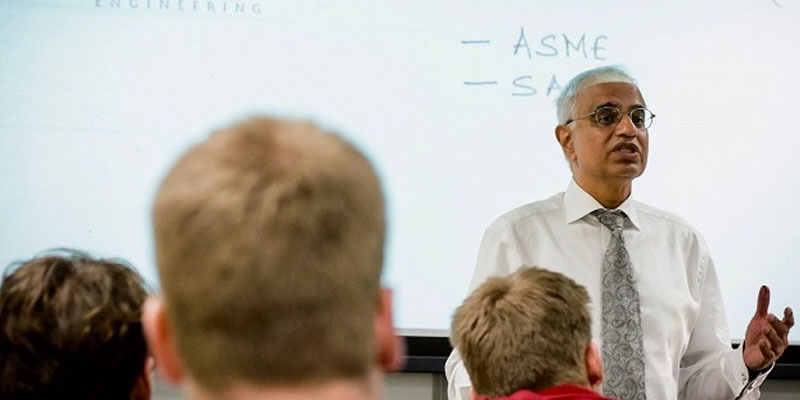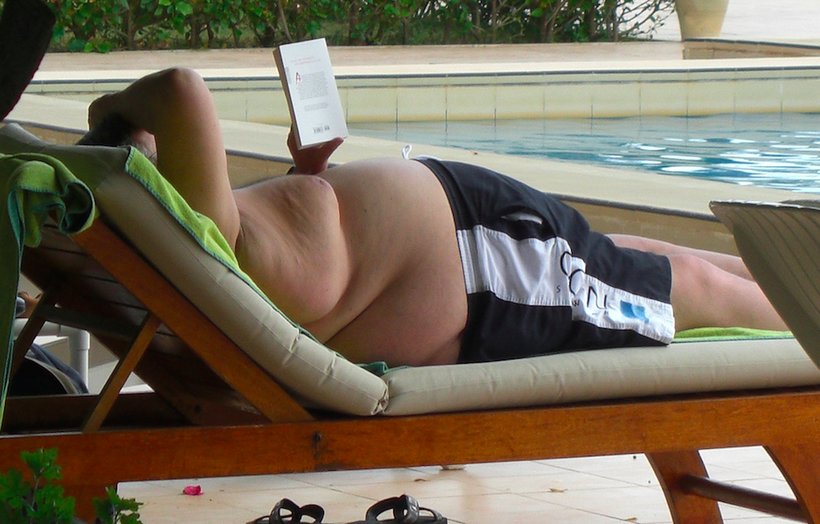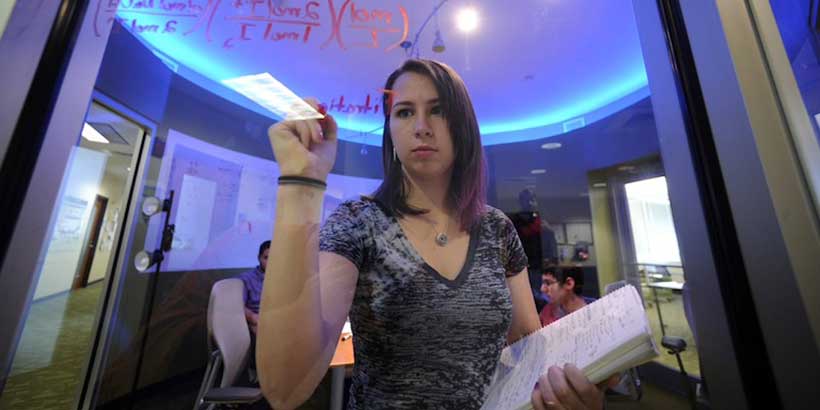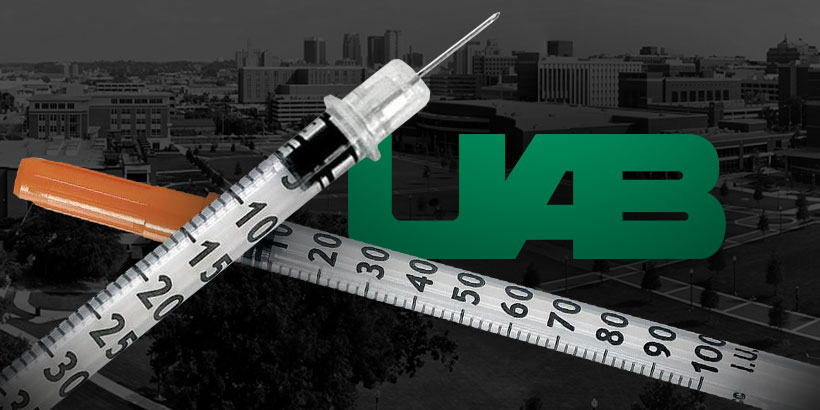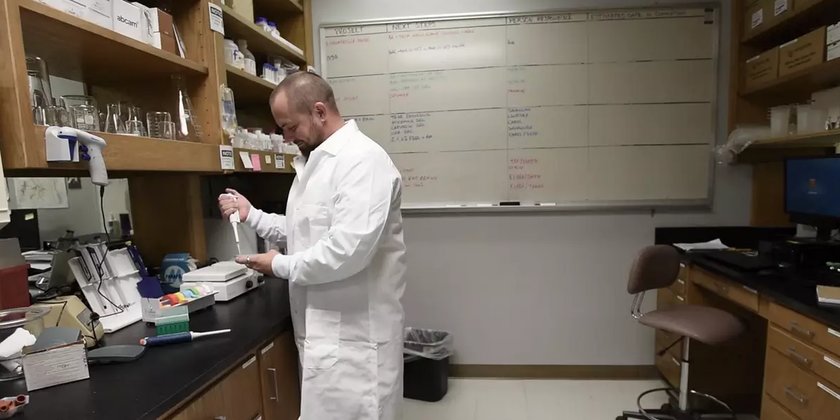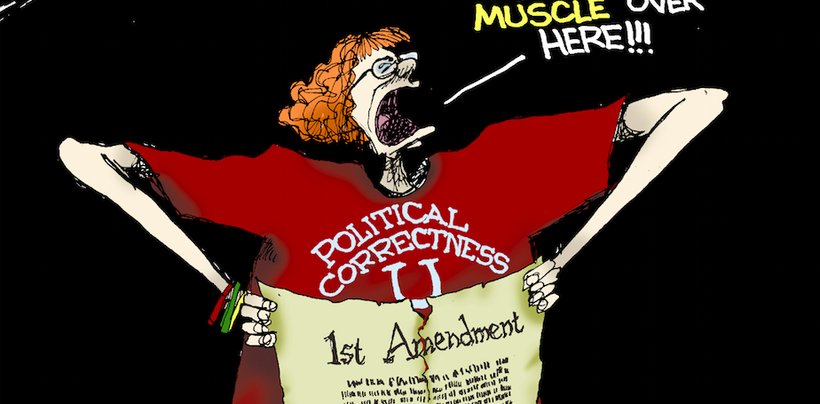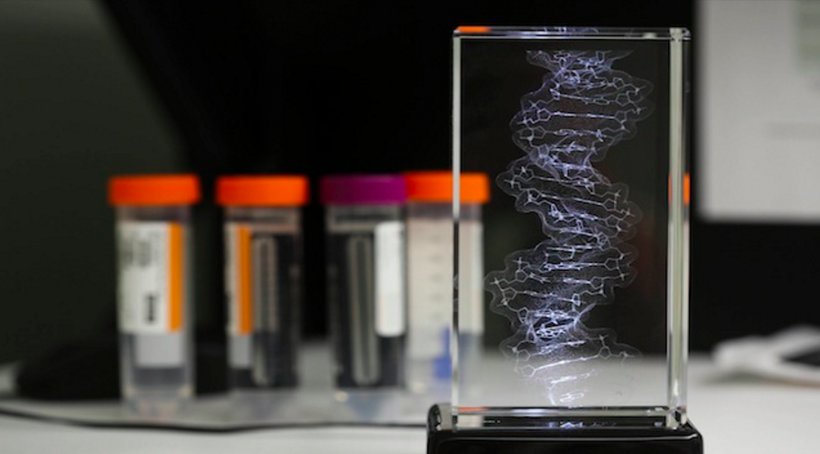
By: Bob Blalock
Tim Townes has a dream. He has a dream that one day in Alabama, he will see four little girls sitting on the steps of the Sixteenth Street Baptist Church in Birmingham.
Townes dreams that on Martin Luther King Jr. Day two years from now, national television news shows will trumpet the story of those girls, healthy and no longer ravaged by sickle cell disease. He dreams of seeing that kind of good news on an important civil rights anniversary – instead of well-worn footage of the Sixteenth Street bombing in 1963 that killed four little girls, or marchers beaten on Selma’s Edmund Pettus Bridge.
“I think Alabamians could really be proud of that and I think would want to work toward that,” says Townes, a Ph.D., director of the UAB Stem Cell Institute and chairman of the Department of Biochemistry and Molecular Genetics.
Townes’ most audacious dream may be that his lab cures sickle cell disease, an inherited blood disorder that affects nearly 100,000 Americans and their families. Most people with sickle cell disease are of African ancestry (about 1 in 365 African-American babies in the U.S. is born with sickle cell disease, according to the National Institutes of Health) but it also affects people from Hispanic, southern European, Middle Eastern and Asian-American backgrounds.
“I just think it’s going to be done somewhere within two years. Why not in Alabama?” Townes says. “We’re working day and night to make it happen.”
Townes and his researchers appear to be tantalizingly close to curing sickle cell disease and potentially many others. In September, they published in the journal Cell Reports that they have corrected the genetic mutation that causes Severe Combined Immunodeficiency. (SCID is often called “Bubble Boy” disease after David Vetter, a Texas boy who lived for 12 years in a specially built “bubble” because his immune system did not work.) Like sickle cell disease, SCID is caused by a single defective base pair of the 3 billion present in human DNA.
CRISPR-Cas9 technology
Townes’ team took skin cells from a SCID patient at Children’s of Alabama who received a bone marrow transplant, converted those cells into stem cells and used what is known as CRISPR-Cas9 technology to target and correct the mutated base pair.
With CRISPR, a molecule of RNA that matches the targeted region of DNA steers the Cas9 protein, which acts like microscopic scissors that snip out the mutation.
“What we’ve done is now modified the system so that it is safer, so it cuts only in the right place,” Townes says. “We want to correct the mutation, but not change something somewhere else.”
With the SCID patient’s cells, the team showed that the corrected cells function as they should.
“So if those cells had been transplanted back into the patient, they would have cured the disease,” Townes says.
Science fiction
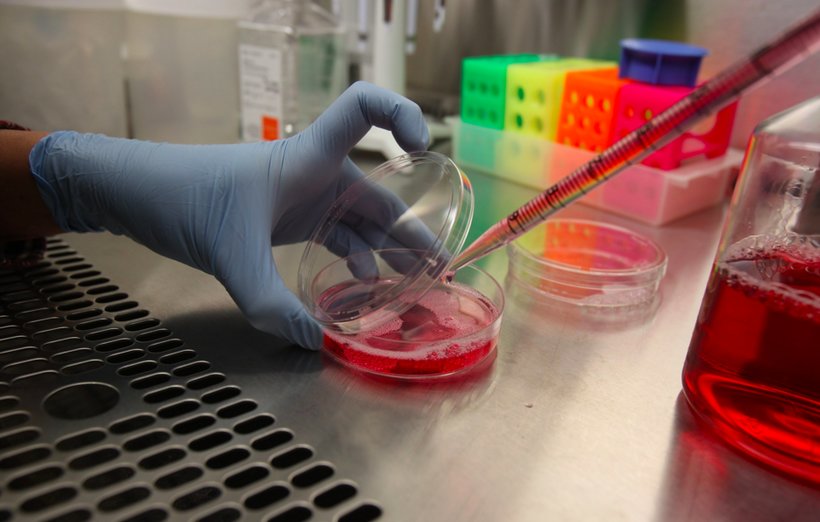
Dr. Fred Goldman, a professor of Pediatrics at UAB, director of the Lowder Pediatric Blood and Marrow Transplantation Program at Children’s of Alabama and a member of the research team, says: “It sounds sort of science fiction-like but it really isn’t. It’s actually happening right now.”
It won’t happen in patients, though, unless the U.S. Food and Drug Administration gives Townes, Goldman and team approval to conduct clinical trials to prove their approach is safe and that it works. Townes says they will apply for FDA permission before the end of the year.
“We’d like to submit by December of this year and start a trial by December of next year,” Townes says. “There are patients out here suffering unbelievably.”
Townes says sickle cell disease is first on the list because all patients have the same mutation in a single base pair of DNA. As well, he has studied sickle cell for more than three decades and is determined to find a cure.
“I tell people I’ve been here 31 years and had this goal for that long and they say, ‘Well, why haven’t you already done it?’ We hoped we could do it long before this, but the fact is nobody else in the world has done it,” Townes says.
While Townes says they’d like to use their gene-editing technology on sickle cell sufferers “tomorrow … we realize we have to prove safety.”
“The Food and Drug Administration is fairly conservative and they should be to make sure these new technologies, especially when they’re genetic technologies where we’re changing genes, that it is safe and effective, and safety comes first,” he says.
Proving safety
A key to proving safety is to show that the gene-editing technology affects only the single mutated base pair of DNA and nothing else. If it can be used safely in people, gene editing could cure “a whole host of other diseases,” Goldman says.
Townes adds: “I think the excitement is that it really could change the way that you do medicine because the applications are enormous.”
Townes and Goldman say the technology potentially could be used to cure many blood disorders and autoimmune diseases caused by a genetic mutation in a single site, similar to sickle cell disease and SCID. There also may be a way to apply the technology to prevent or inhibit the inflammation that accompanies Parkinson’s and Alzheimer’s diseases, which “could dramatically change” how those diseases progress, Townes says.
One potential complication, though, is the fear among many scientists that gene editing with the CRISPR-Cas9 technology has risks that aren’t well understood and require thorough research.
“Considerations include the possibility of off-target alterations, as well as on-target events that have unintended consequences,” a group of prominent scientists including Nobel Prize winner David Baltimore wrote in the April 3 issue of Science. “At present, the potential safety and efficacy issues arising from the use of this technology must be thoroughly investigated and understood before any attempts at human engineering are sanctioned, if ever, for clinical testing.”
When asked about the group’s concerns, Townes notes that in the September Cell Reports paper, “We performed whole genome sequencing and demonstrated no off-target effects and no unintended on-target effects. We have also demonstrated the same fidelity in sickle patient cells.” (Whole genome sequencing is the genetic map of a person.)
Further, Townes says his team has no plans to use CRISPR-Cas9 technology “to modify the germ line” – in layman’s terms, creating “designer babies.”
“Although we think that modification of the germ line would be safe, there are difficult ethical considerations about making decisions that affect multiple generations,” he says.
Townes’ most immediate concern is moving quickly to receive FDA approval for clinical trials that could provide relief for sickle cell sufferers. “We want to do it for these families,” he says.
The red zone
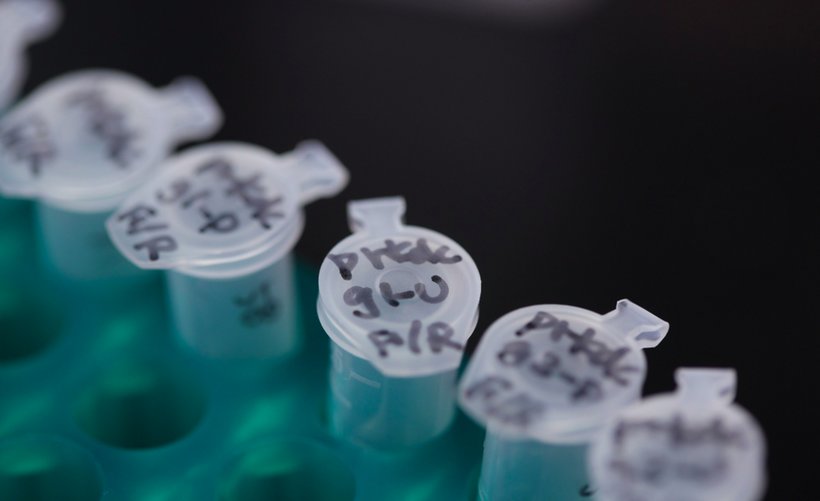
After driving toward a cure for the disease for so many years, Townes, who played football at the University of Tennessee in the early 1970s, says his team has reached the “red zone” – inside the opponent’s 20-yard line.
“Of course, you can get in the red zone playing a football game and run into difficulties scoring,” he says. “It takes a lot of work to get in the red zone. We’ve been driving for a long time, and now we want to convert.”
Townes’ lab is one of many all over the world pushing toward developing new technologies for understanding, treating and curing genetic diseases. He likens the work to assembling a 10,000-piece puzzle.
“Everyone’s putting in pieces of the puzzle and we’ve put in pieces already and many other people have,” he says. “Somebody has to put in the last piece, and there’s nothing wrong with wanting to put in the last piece.
“And so that’s what we’re pushing to do. We want to cure sickle cell disease here in Alabama. We want to develop a treatment for Severe Combined Immunodeficiency right here in Alabama,” Townes says. “There’s no reason that we can’t do that.”
(Video below: UAB’s Stem Cell Institute research team discusses their work)
About sickle cell disease
Sickle cell disease is the most common genetic disorder in the United States, according to the National Heart, Lung and Blood Institute of the National Institutes of Health (NIH). UAB Stem Cell Institute Director Tim Townes says it is also one of the most misunderstood diseases.
People with sickle cell disease have abnormal hemoglobin, a protein in red blood cells that carries oxygen through the body. Normal red blood cells are disc-shaped and flexible, which allows them to flow through even the smallest blood vessels.
In people with sickle cell disease, abnormal red blood cells are shaped like a crescent, or sickle, and stiff. As a result, the sickle-shaped cells can clog blood vessels, slowing or even stopping the flow of blood. That prevents oxygen from reaching nearby tissue and can cause severe pain as well as infections, major organ damage and stroke. The severity of the disease varies widely from person to person, with a life expectancy of about 40-60 years, according to the NIH.
The only cure for sickle cell disease is to transplant bone marrow stem cells from a normal donor to a patient. The best chance for success is using a sibling donor, yet the odds of finding a perfect sibling match are less than 15 percent, according to Dr. Fred Goldman, who directs the Blood and Marrow Transplantation Program at Children’s of Alabama and treats sickle cell and SCID patients.
“If there are no matched siblings, the next best option would be to use a perfectly matched unrelated donor. However, many times we are not able to locate such a donor, and in addition, complications from transplant are much higher using unrelated donors,” Goldman says. “Everyone is working very hard to make bone marrow transplant safer, but we believe using a patient’s own bone marrow that has been ‘corrected’ with CRISPR-Cas9 technology will offer the best chance for success with the fewest side effects.”
About 1,000 children and 5,000 adults in Alabama suffer from sickle cell disease, Goldman says.
This story originally appeared on the Alabama NewsCenter





